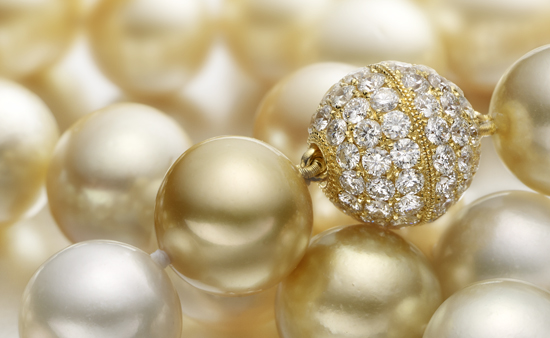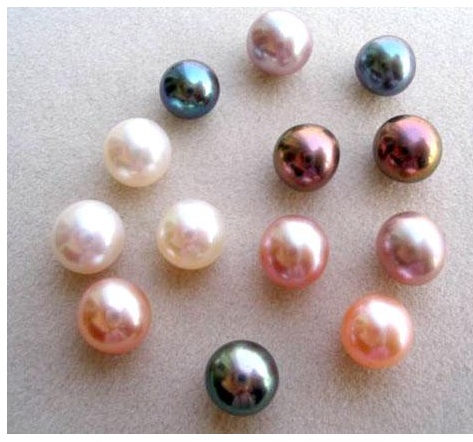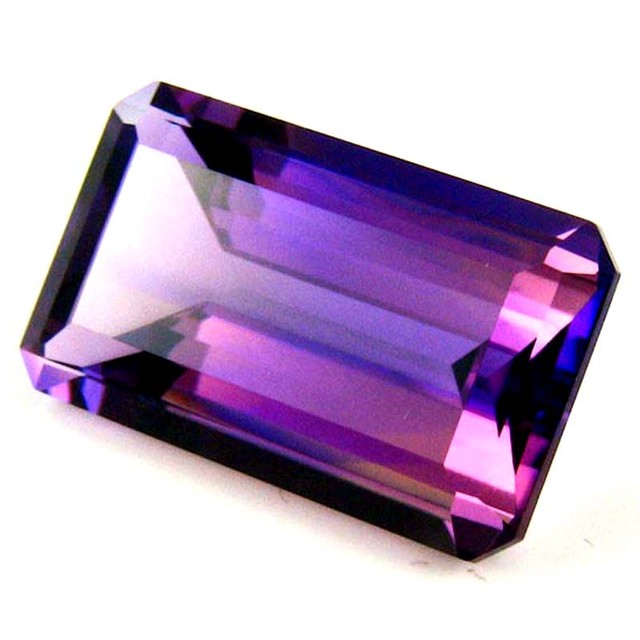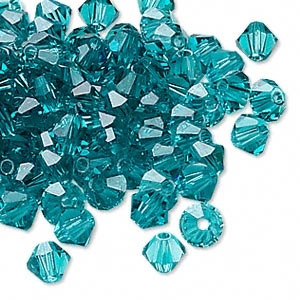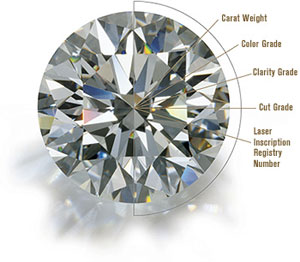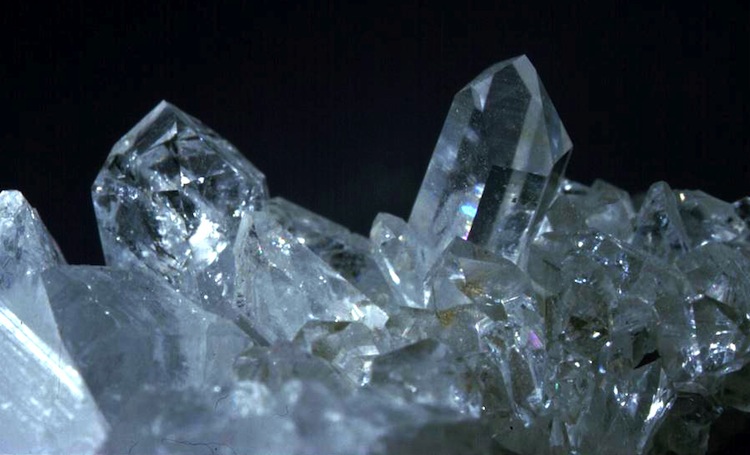Pearls differ from other gemstones in as much as they are not mined but harvested from molluscs, usually oysters. A pearl is produced when an irritant such as sand or fish scale gets caught inside the oyster. To protect itself, the oyster secretes a substance akin to mucus. This substance builds up around the sand and hardens. The end result is a natural pearl.
Natural and cultured pearls both grow inside oysters. However, natural pearls form naturally in oysters while cultured pearls are formed in oysters by the human implantation of a nucleus. The other main difference between natural and cultured pearls is that a natural pearl has thicker mother of pearl, or nacre, layers than a cultured pearl.
The nacre layers formed on both natural and cultured pearls are made up of microscopic crystals. The iridescent finish on natural and cultured pearls comes from the perfect alignment of the crystals so that they reflect light. Nacre is 90% calcium carbonate and 10% water and other organic substances. The outer layer of natural and cultured pearls can look very different. Natural pearls are often less iridescent than cultured pearls.
There is a huge difference in the cost between natural and cultured pearls. However, cultured pearls can often look more attractive at far less cost.
The Japanese invented the process of the nucleus method in pearl harvesting. The nucleus implanted into the oyster by humans is usually larger than a natural pearl would be since the nacre layers will not be as thick in a cultured pearl.
Natural or South Sea pearls are those made by mollusks harvested from the ocean. Every now and then, one of the pearls will be a darker shade, either gray or black. These are rare and as a result, very expensive.
Both natural and cultured pearls are in demand today but most are cultured pearls. Unless pearls are more than 80 years old, it is a good chance that they are cultured rather than natural. This is because of pearl hunting in the 1800’s causing near extinction of the mollusc.
Clams and mussels have been also known to produce pearls.
Natural pearls take a long time to grow and the longer they are in the mollusc the larger they become. The larger they are the more expensive they are.
Bahrain is one of the few remaining countries that has pearl divers looking for natural pearls. Both natural and cultured pearls can be expensive as not every oyster will produce a pearl. Only one in every 10,000 oysters will produce a pearl and only a few will have the desired lustre and shape.
Pearls are considered classic and elegant. They’re often the first choice for bridal jewellery and have a reputation of looking good with any outfit, even the most casual. They’ll also add class and elegance to the most formal wardrobe. If you’re considering a purchase of pearls, it’s best to do some research to find the type of pearl best suiting your needs and budget.
People like Jackie Kennedy, latterly Onnasis, frequently wore pearls. They have a reputation for being kind to the skin although they are also thought to bring bad luck to the wearer.
The appearance of both natural and cultured pearls depend not only on the irritant but on the water and food conditions where the oyster is living. Some Chinese pearl farmers grow cultured freshwater pearls that are very thick in nacre because they move the pearl nucleus as it grows in the oyster so that the resulting shape will be more evenly rounded.

